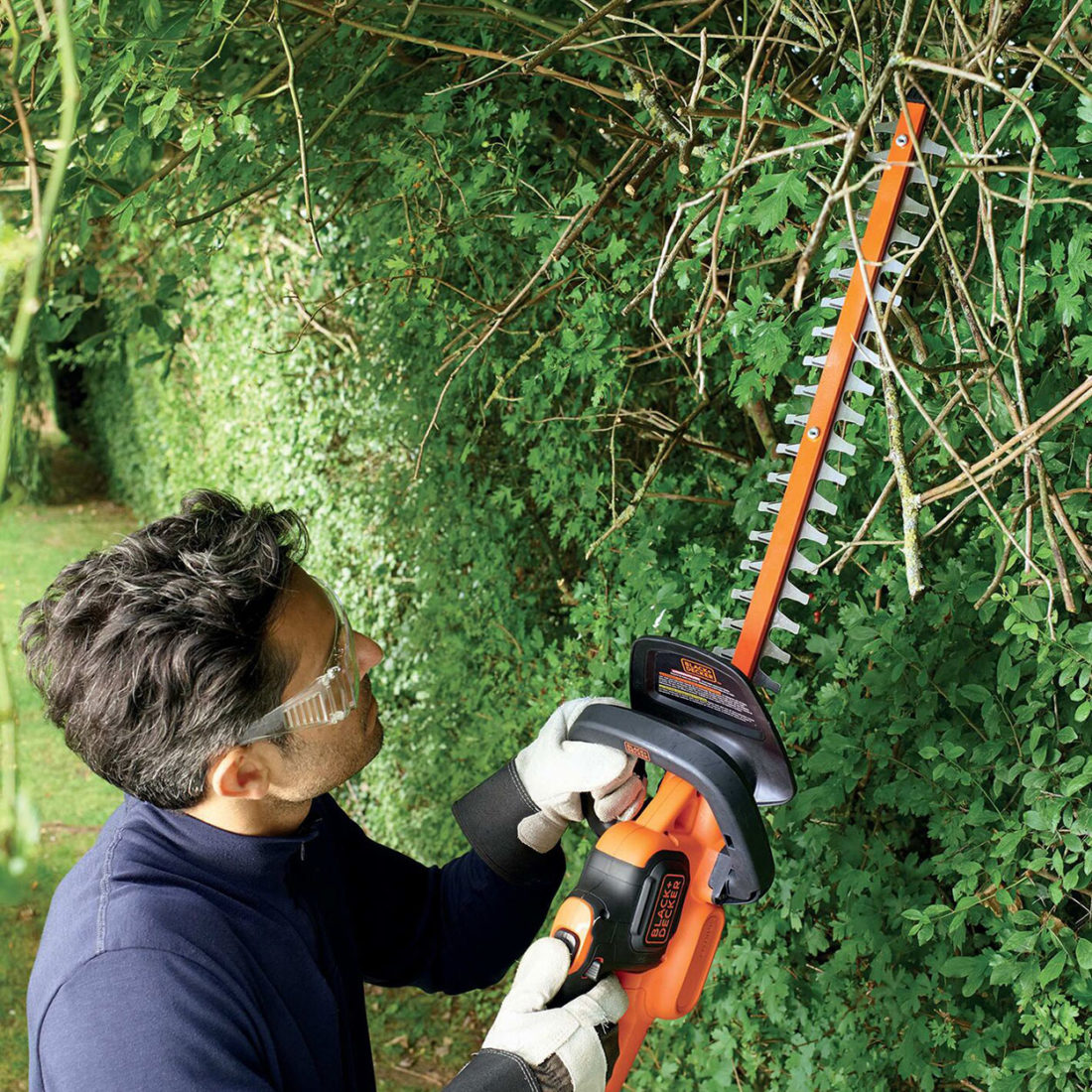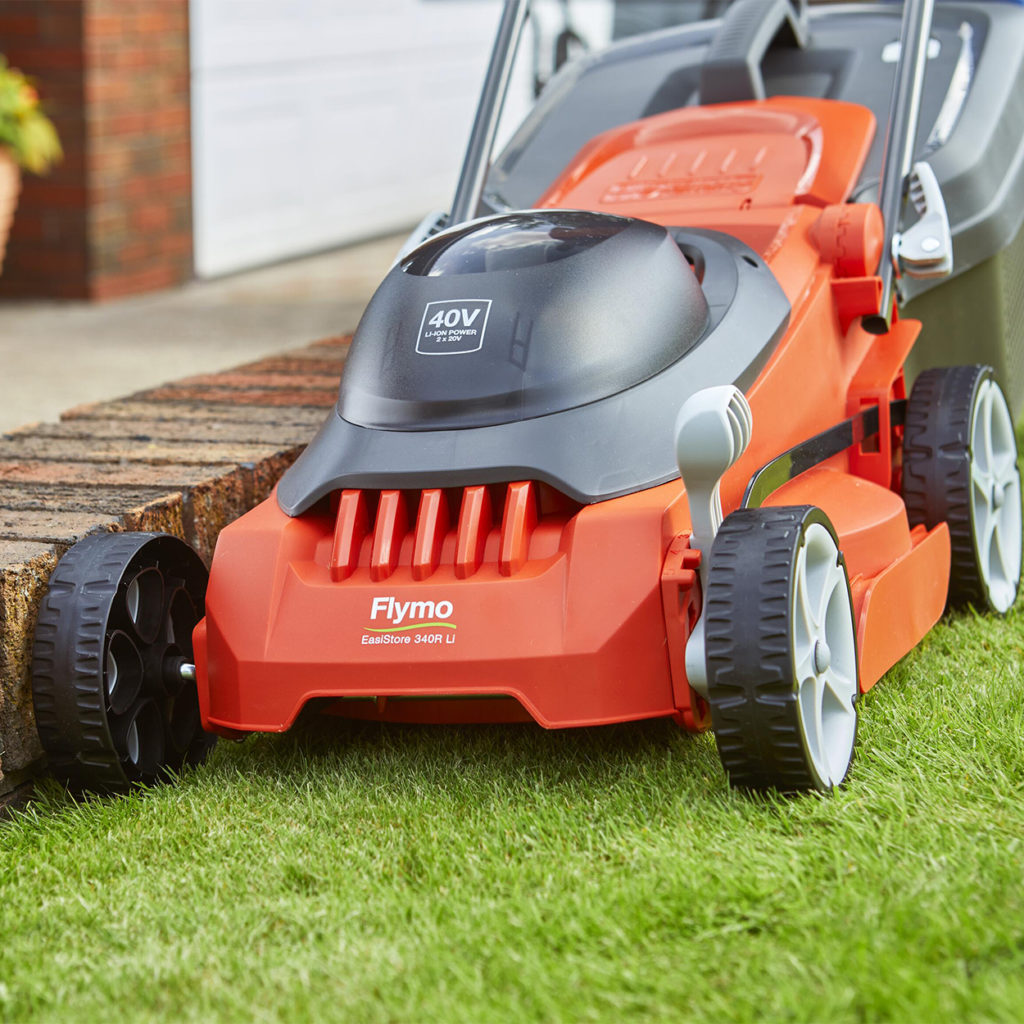Your Guide to Garden Power Tools & How to Care for Your Gardening Equipment

As mentioned in our previous guide on garden hand tools, taking care of your garden can seem a little daunting to beginner gardeners. However, with the right garden tools in hand, you’ll have no problem keeping your garden beautifully maintained. Below is a helpful guide we’ve put together on garden power tools. This will help you to decide which one is best suited for your needs. We’ll also let you know how to properly care for your garden tools too.
Garden Power Tools

- Lawnmower: A lawnmower is used to cut grass at an even height to give your lawn a neat and tidy appearance. There are several types of lawnmowers, including push mowers, self-propelled mowers, and riding mowers. They can have various cutting mechanisms like rotary blades or reel blades, each suitable for different lawn types and sizes.
- Grass Trimmer: A grass trimmer is used to cut grass and weeds in areas that are difficult to reach with a lawnmower such as: along edges; fences; and around trees.
- Brushcutters: Brushcutters are designed for cutting dense vegetation, thick weeds, and even small trees. They have more power than grass trimmers and often come with metal blades for tougher cutting tasks.
- Hedge Trimmers: Hedge trimmers are used specifically for trimming and shaping hedges and shrubs.
- Chainsaw: A chainsaw is used for tasks such as felling trees and pruning branches. Chainsaws can be electric or gasoline-powered and come in various sizes for different levels of cutting capacity.
- Shredder: A shredder (also called a woodchipper) is used to break down larger organic materials, like branches and garden waste, into smaller, more manageable pieces.
- Leaf Blower: A leaf blower is used to blow leaves, debris, and grass clippings off driveways, paths, and other surfaces. Some leaf blowers also have a vacuum function to collect and shred leaves, turning them into mulch or compost.
- Pressure Washer: A pressure washer (also called a power washer) uses a high-pressure stream of water to clean surfaces. It's useful for removing dirt, grime, mould, and stains from various outdoor surfaces, including decks, driveways, and walls.

These garden power tools are very helpful when it comes to maintaining your garden and outdoor spaces. However, it is very important to follow all safety precautions and instructions supplied with the product when using them.
How to Take Care of Your Garden Tools
Taking proper care of your garden tools is key to extending their lifespan and keeping them working effectively. Here are some tips to help you take care of your garden tools:
Cleaning Your Garden Tools
Cleaning: After each use, clean your tools to remove dirt, debris, and plant residue. Use a wire brush, putty knife, or old cloth to scrub away any stuck-on material. For tools with wooden handles, avoid soaking them in water to prevent wood swelling and cracking.
Drying: Allow your tools to air dry after cleaning to prevent rust. If you've been working in wet conditions, you can wipe them down with a dry cloth before storing.
Maintaining Your Garden Tools
Rust Prevention: Rust can damage your tools and hinder their performance.
- To prevent rust: Keep your tools dry and store them in a cool, dry place.
- Coat metal parts with a thin layer of oil or a silicone-based lubricant to create a barrier against moisture and oxidation.
- Consider using sandpaper or a wire brush to remove light rust. For heavier rust, use a rust remover or vinegar.
Sharpening: Sharp tools are more efficient and reduce the risk of injury. Regularly sharpen blades using appropriate sharpening tools, such as a sharpening stone or file. Follow the manufacturer's recommendations for sharpening angles and techniques.
Lubrication: Moving parts, such as hinges and joints, should be lubricated to ensure smooth operation. Apply a light coating of oil or lubricant to prevent friction and rust. Be careful not to overdo it though as excess oil can attract dirt.
Handle Maintenance: For tools with wooden handles:
- Sand down rough spots and splinters on handles to prevent injury.
- Periodically apply linseed oil or a wood preservative to keep the handles strong and prevent cracking.
- Store tools with wooden handles away from direct sunlight and extreme temperature fluctuations.
Regular Inspections: Periodically inspect your tools for signs of wear, damage, or loose parts. Address any issues quickly to prevent further damage and ensure safe use.
Protective Cases: Consider using protective cases or covers for sensitive tools, especially those with sharp blades. This will prevent accidental cuts and maintain the tool's condition.

Now that you know all about garden power tools and how to properly care for them, it’s time to get started on your garden. You can find everything you need here. Read part 1 of this blog on garden hand tools and how to store them here.
